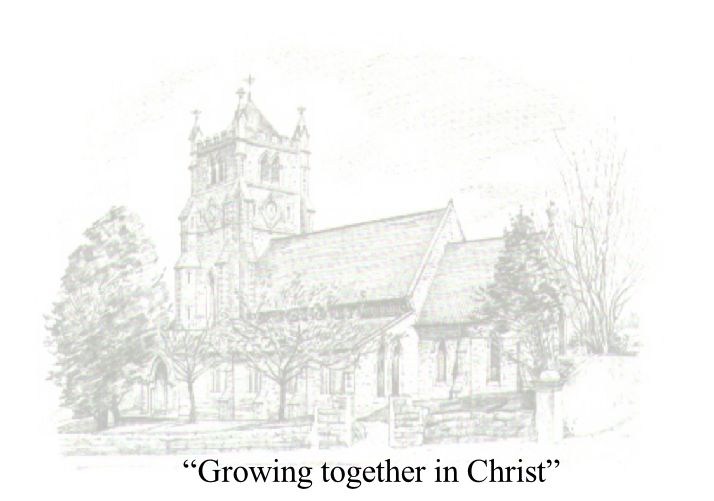
© Copyright, Christ Church, Blacklands and St. Andrew, Hastings Parochial Church Council. 2011 to 2024. No part of this web-site may be copied by any means, or added to any data feed, without express permission.
Registered Charity Number 1210772
Welcome to Christ Church, Blacklands & St. Andrew, Laton Road, Hastings
Blacklands Bells
Blacklands bells were installed in 1890 during the incumbency of the second vicar, the Reverend Alfred Hodges. Hodges did much towards establishing the church on a secure footing and was evidently a dynamic and persuasive character, for he raised enough money to have a tower built, and had earlier convinced Mrs M. L. Axtell of Spa Villa to donate £600 for a peal of bells. She had given the money as a thanks offering after recovering from a serious illness; Hodges had hinted that a peal of bells would be desirable. The tower was finally dedicated and the bells commissioned in 1890. This is commemorated by a plaque in the church. The first six bells were cast by the famous firm of John Taylor of Loughborough. Then in 1897 two more bells were added and all eight were rung to celebrate Queen Victoria’s golden jubilee. These two new bells were also cast by John Taylor, and completed a scale of E major.
The weights of the bells are as follows:
Bell 1 (treble) 4.75cwt.
Bell 2 5cwt.
Bell 3 5.5cwt.
Bell 4 7.5cwt.
Bell 5 9.5cwt.
Bell 6 10.5cwt.
Bell 7 14.75cwt.
Bell 8 20.5cwt.
In the years until now there have been 7 tower captains, one of whom, John Downing, was captain for over 60 years, from 1930 until 1993. A peal of Grandsire Triples was rung on 21st November 1998 as a thanksgiving for his life and to mark the centenary of the first peal on 19th November 1898.
Over the last 120 years the bells have been rung to celebrate a multitude of weddings and to call people to church on innumerable Sundays. Numerous peals (i.e. continuous ringing of a method or methods for approximately 3 hours) and quarter-peals have been rung to celebrate or memorialise important events, sometimes local, like the one mentioned above, and sometimes national; for example, the 60th anniversary of the end of the Second World War which we rang for in 2005, or the Queen’s 80th birthday in 2006, or the wedding of The Duke and Duchess of Cambridge in 2011. And sometimes they are rung just because people find bell-ringing a highly enjoyable and satisfying hobby and often take themselves (in groups usually) all over the country to pursue it.
At Blacklands we practice on Friday evenings from 7.30 until 9, and ring before the service on Sunday morning from 9.45 to 10.30. We also ring regularly for weddings and other events. Anyone who wants to join us is very welcome. Learning to ring takes a little while; after all, one is swinging about a heavy lump of metal, and so on the grounds of safety and of being able to ring rhythmically one needs to be able to control a bell. However, once the basics are learnt it is a very enjoyable and sociable hobby which can be pursued as far as one wishes to take it, as well as being an important part of the life of the church and traditional worship.
Stephen Harvey
Tower Captain